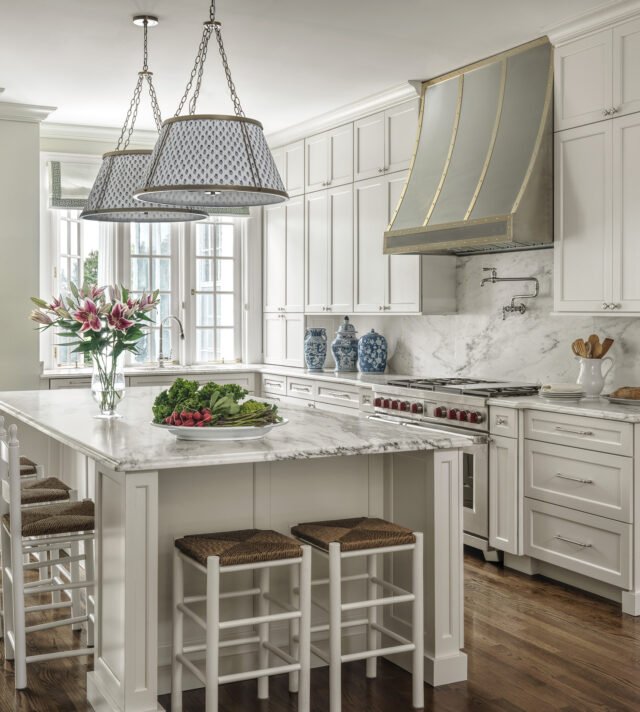
Preserving the Past: The Art of Using Period-Correct Parts in Restoration
Restoring a classic car, motorcycle, or any vintage artifact is a labor of love, a journey through time that seeks to breathe new life into a piece of history. At the heart of any successful restoration lies the meticulous selection and use of period-correct parts. This isn’t merely about finding old components; it’s about honoring the original design, materials, and manufacturing techniques that defined the era.
Why Period-Correct Matters
- Authenticity: Using parts from the same era as the original vehicle ensures that the restoration remains true to the manufacturer’s intent. It preserves the vehicle’s historical integrity and value.
- Aesthetics: Period-correct parts maintain the original look and feel of the vehicle. Modern reproductions, while sometimes visually similar, often lack the subtle nuances in materials, finishes, and detailing that contribute to the overall aesthetic.
- Functionality: Original parts were designed to work in harmony with the vehicle’s other components. Using incorrect or modern parts can lead to compatibility issues, reduced performance, and even damage.
- Investment Value: A restoration using period-correct parts significantly enhances the vehicle’s value, making it more desirable to collectors and enthusiasts.
The Hunt for Original Components
Sourcing period-correct parts can be a challenging but rewarding endeavor. Here’s a breakdown of effective strategies:
-
Original Source:
- Vehicle Itself: Check the original vehicle for usable parts. Even a barn find may contain vital components that can be refurbished or used as templates.
-
Scouring the Market:
- Swap Meets and Flea Markets: These events are treasure troves for vintage parts. Seasoned vendors often specialize in specific makes and models.
- Online Marketplaces: Platforms like eBay, specialized forums, and vintage parts websites offer a vast selection of components.
- Antique Shops and Junkyards: Don’t overlook these often-overlooked sources. With patience and a keen eye, you might discover hidden gems.
-
Cultivating Connections:
- Car Clubs and Forums: Joining a club or forum dedicated to your vehicle’s make and model provides access to a network of knowledgeable enthusiasts who may have parts or leads.
- Specialist Restoration Shops: Establish relationships with restoration shops that specialize in your vehicle. They often have access to rare parts and can offer valuable advice.
Evaluating and Verifying Authenticity
Before purchasing any part, it’s crucial to verify its authenticity and condition.
- Part Numbers: Research the correct part numbers for your vehicle’s year and model. Compare these numbers to those stamped or cast on the parts you’re considering.
- Manufacturing Marks: Look for specific manufacturing marks, logos, or date codes that can help identify the part’s origin and era.
- Materials and Finishes: Examine the materials used in the part’s construction. Are they consistent with the original specifications? Check the finishes for signs of originality, such as paint colors, plating types, and textures.
- Wear and Tear: Assess the part’s condition. Is it repairable? Are there any signs of excessive wear, damage, or previous repairs?
- Expert Consultation: If you’re unsure about a part’s authenticity, consult with a knowledgeable expert or restoration shop.
Restoration vs. Preservation
It’s important to distinguish between restoration and preservation when deciding how to handle period-correct parts.
- Restoration: This involves returning the vehicle to its original condition, often requiring the replacement or refurbishment of worn or damaged parts.
- Preservation: This focuses on maintaining the vehicle’s original condition as much as possible, even if it means accepting some wear and tear.
The Ethics of Using Reproduction Parts
While the goal is to use period-correct parts, there are instances where reproduction parts are unavoidable. Here are some ethical considerations:
- Transparency: Be upfront about using reproduction parts. Clearly document which parts are original and which are reproductions.
- Quality: Choose high-quality reproduction parts that closely match the original specifications.
- Concealment: Avoid using reproduction parts in areas that are highly visible or critical to the vehicle’s operation.
- Documentation: Keep records of all parts used in the restoration, including sources, part numbers, and any modifications made.
The Benefits of NOS (New Old Stock) Parts
New Old Stock (NOS) parts are original parts that were never used and are still in their original packaging. These parts are highly sought after by restorers because they offer the best of both worlds: originality and pristine condition. However, NOS parts can be expensive and difficult to find.
The Importance of Research
Before embarking on a restoration project, it’s essential to conduct thorough research. Study the vehicle’s history, original specifications, and available parts. Consult with experts, join car clubs, and read restoration guides. The more you know, the better equipped you’ll be to make informed decisions and achieve a successful restoration.
The Value of Patience
Restoring a vehicle with period-correct parts requires patience. It may take months or even years to find the right components. Don’t rush the process. Take your time, do your research, and be prepared to negotiate. The end result will be worth the effort.
The Future of Period-Correct Restoration
As classic vehicles become increasingly rare and valuable, the demand for period-correct parts will continue to grow. This will drive innovation in reproduction technology, making it easier to source high-quality replacement parts. At the same time, there will be a growing emphasis on preserving original parts and documenting their history.
Conclusion
Using period-correct parts in restoration is a commitment to authenticity, quality, and historical accuracy. It’s a journey that requires patience, research, and a passion for preserving the past. By embracing this approach, restorers can ensure that these vehicles continue to inspire and delight future generations. The reward is not only a beautifully restored vehicle but also the satisfaction of knowing that you’ve played a part in preserving automotive history.
